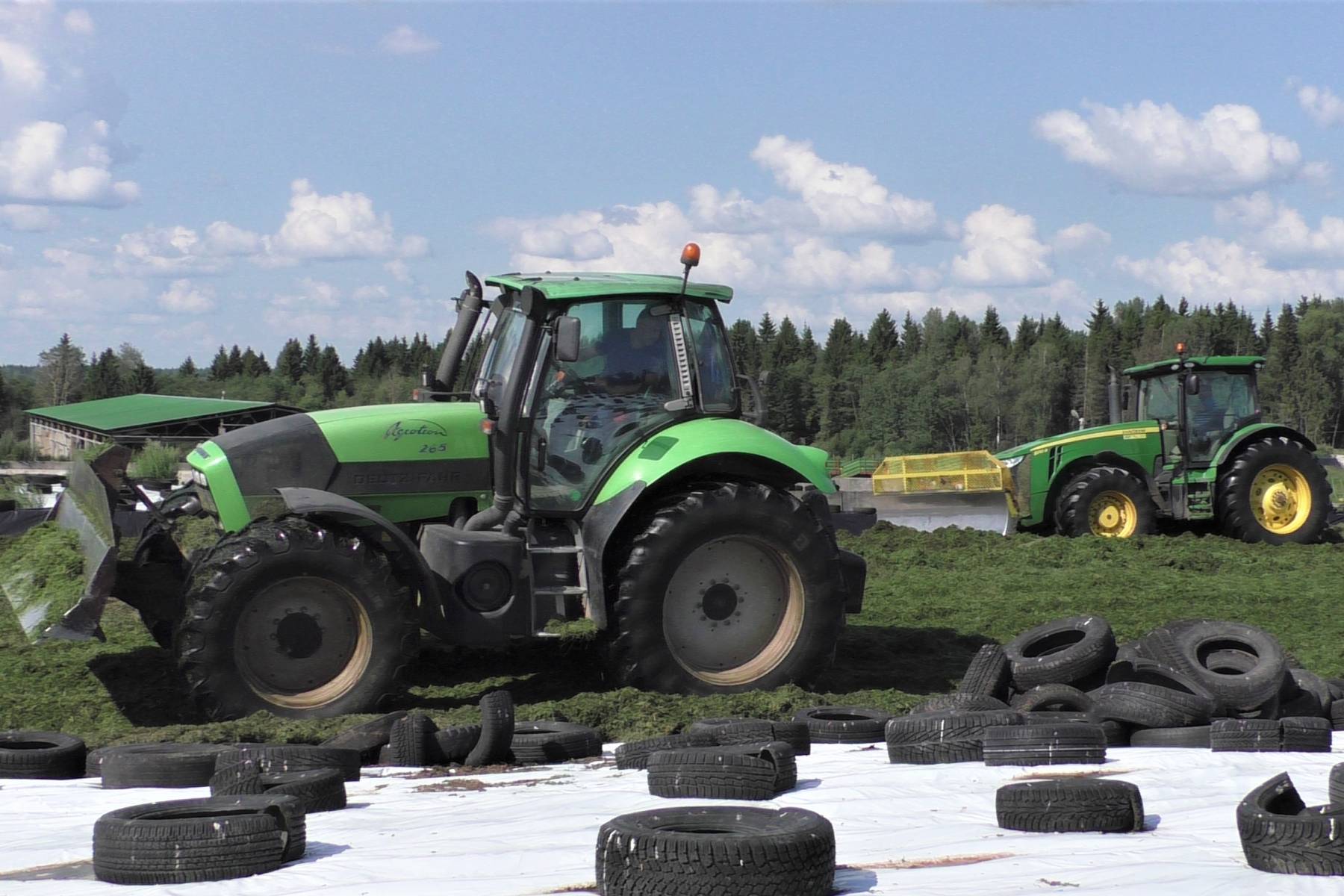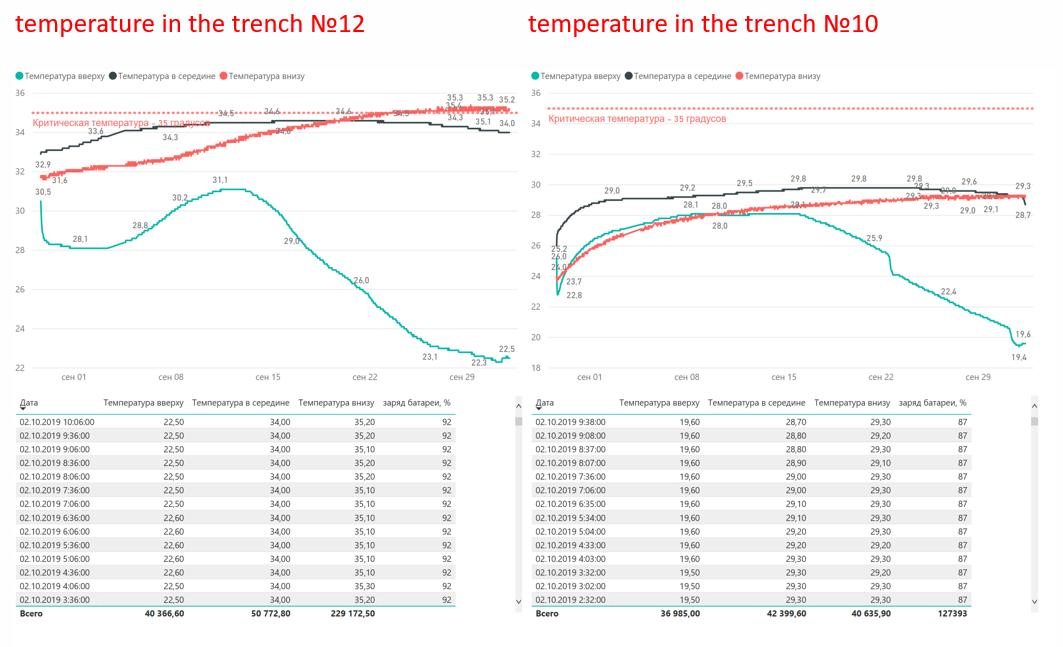Silage trench monitoring to reduce farm costs

Silage is one of the main ingredients in the nutrition of cattle on a dairy farm. How to prepare and store silage so as to increase production efficiency, we will describe in this article.
Most dairy farms harvest silage in bulk and store it in silage trenches where the silage matures. If the storage conditions are met, silage does not lose nutrients for several months and is beneficial for cows.
However, if storage conditions are violated and the silage deteriorates, cows can develop digestive diseases, which will lead to a decrease in milk production. Therefore, the farmer is faced with the task of monitoring the condition of the silage in order to prevent animal diseases and avoid additional costs for the purchase of feed and veterinary medicine.
The traditional approach to harvesting and storing silage looks like this: the raw material is placed in silage trenches, rammed and covered with foil, then the silage is matured and stored until it is used for feeding animals. At the same time, the quality of the silage is periodically checked by laboratory methods. With this approach, you can skip the moment when part of the silage becomes unsuitable for feeding.
Practice shows that 10% of the silage is lost during the preparation process and another 15% during storage. Losses are even higher, the whole trench may be unusable for one reason or another. Therefore, the farmer must have a reserve to avoid diseases and a drop in milk production. We conducted analytical research and found out that 2/3 of losses can be avoided.
The farmer cannot conduct frequent laboratory tests, but he can monitor a parameter that affects the suitability of the silage - the temperature in the trench.
Sensors are installed in the trench in order to realize continuous and accurate monitoring during the silage stage. One sensor measures temperature at different depths: 0.5 m, 1.5 m, 2.5 m with a frequency of 1 to 4 times per hour. The results are displayed on the dashboard, and when critical values appear, responsible employees are notified:

Thus, the owner of the farm or the manager promptly monitors the condition of the silage mass in the trench, makes a timely decision on feeding. For example, in the case presented in the screenshot above, it can be seen that the temperature readings in the 12th trench are close to critical, which means that you need to use the silo as soon as possible before it deteriorates.
This approach provides the farmer with 2 great advantages:
1. Do not lose production volumes due to the fact that animals are less sick and do not starve.
2. Save money on the purchase of feed, which must be purchased to fill the deficit due to spoiled silage.
If you want to improve the efficiency of farm management, reduce costs and not lose milk production, leave a request on our website or contact us by mail: info@smart4agro.ru.
Alguma dúvida?
Entre em contato com nossos especialistas para saber mais
